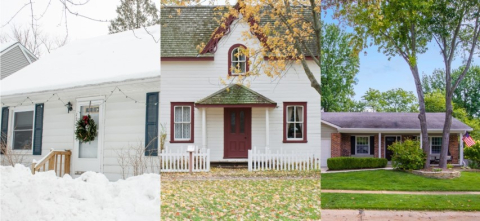
Last week, the state increased funding for affordable homeownership when Governor Phil Scott signed a bill passed by the Legislature which will add over a million dollars for homeowners in Vermont.
Revenue Bill H.541 increases the Vermont Affordable Housing Tax Credit program by $250,000 for FY20. This increase is expected to result in just under $1.2 million more for affordable homeownership initiatives once the tax credits are sold to investors.
Half of this money will support the Down Payment Assistance program (DPA) administered by Vermont Housing Finance Agency (VHFA). Since 2015, VHFA’s ASSIST DPA program has helped over 1,000 Vermonters and their families purchase their first homes. VHFA estimates that an additional 230 households will become homebuyers as a result of the funding increase.
The other half of the Vermont Affordable Housing Tax Credit program funding will subsidize the creation or rehabilitation of affordable homes for ownership, including energy efficient manufactured housing that can replace old and inefficient mobile homes.
“Owning a home makes young households more likely to stay in the state, and expanding this program will help employers attract and retain the workers needed for Vermont to thrive,” remarked Maura Collins, VHFA’s Executive Director.
“Becoming a homeowner helps build long-term wealth,” Collins continued. “Getting a 30-year mortgage when you’re 30 means it’s possible to have a home paid off by the time you may retire. However, Vermont’s high home prices makes it difficult for many households to afford their first homes and they delay their purchase.”
The median Vermont home sold for $215,000 in 2018, but households earning the median income of $58,000 would only be able to afford a home price of $197,500.
The new funding for the state’s homeownership programs help fills this gap, enabling Vermont families to afford to become homeowners. VHFA’s DPA program, called its ASSIST program, offers up to $5,000 in down payment and closing cost assistance, which can often be one of the most significant obstacles to homeownership.
